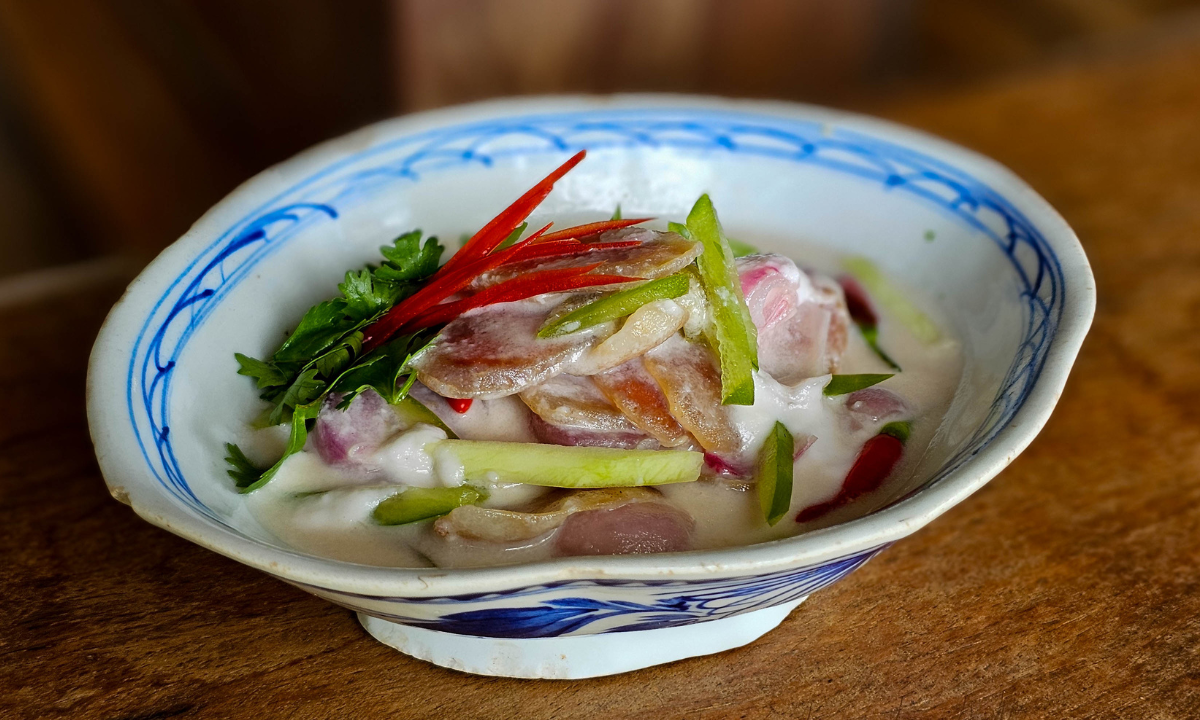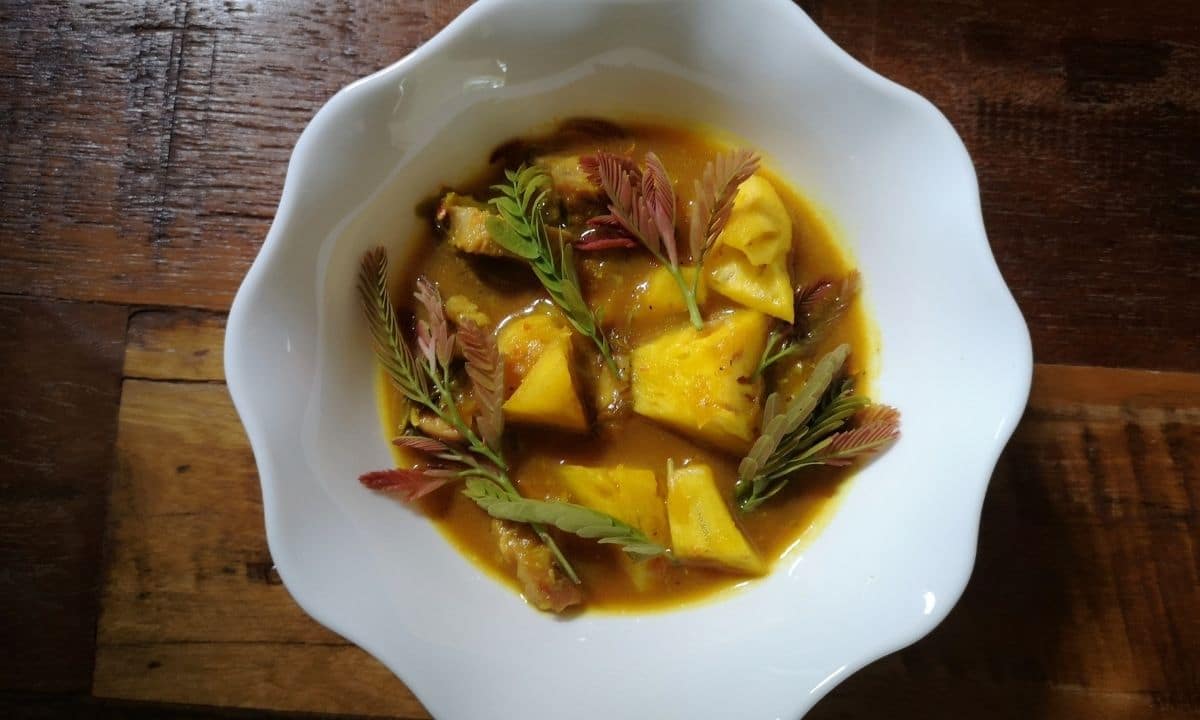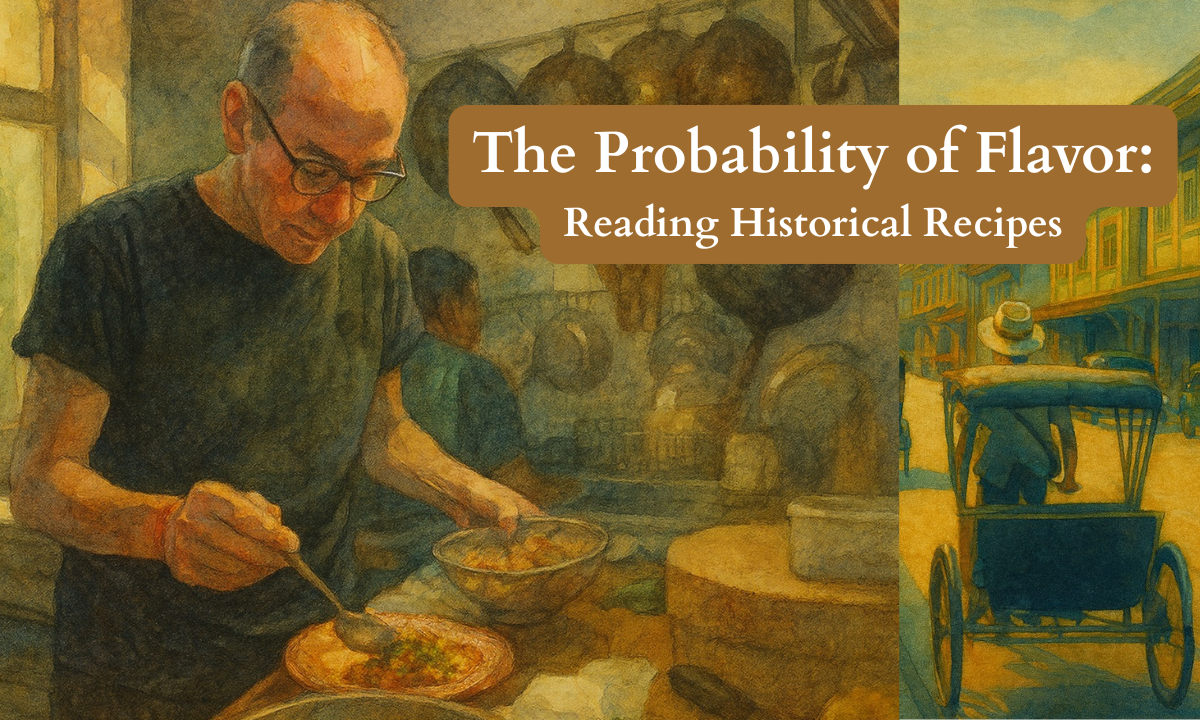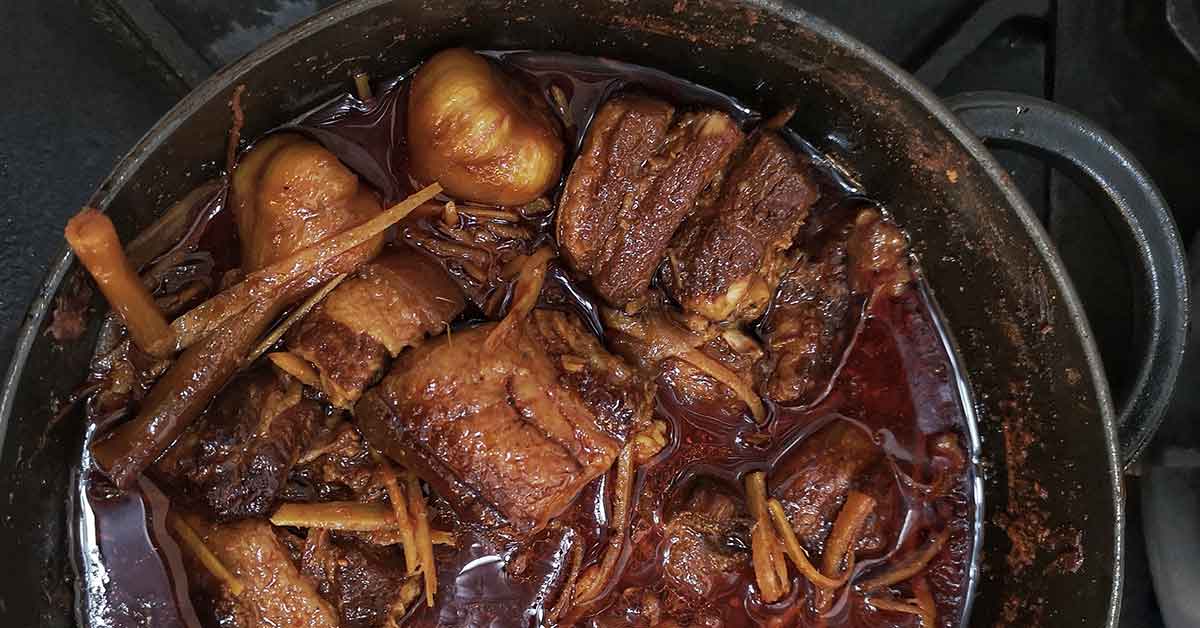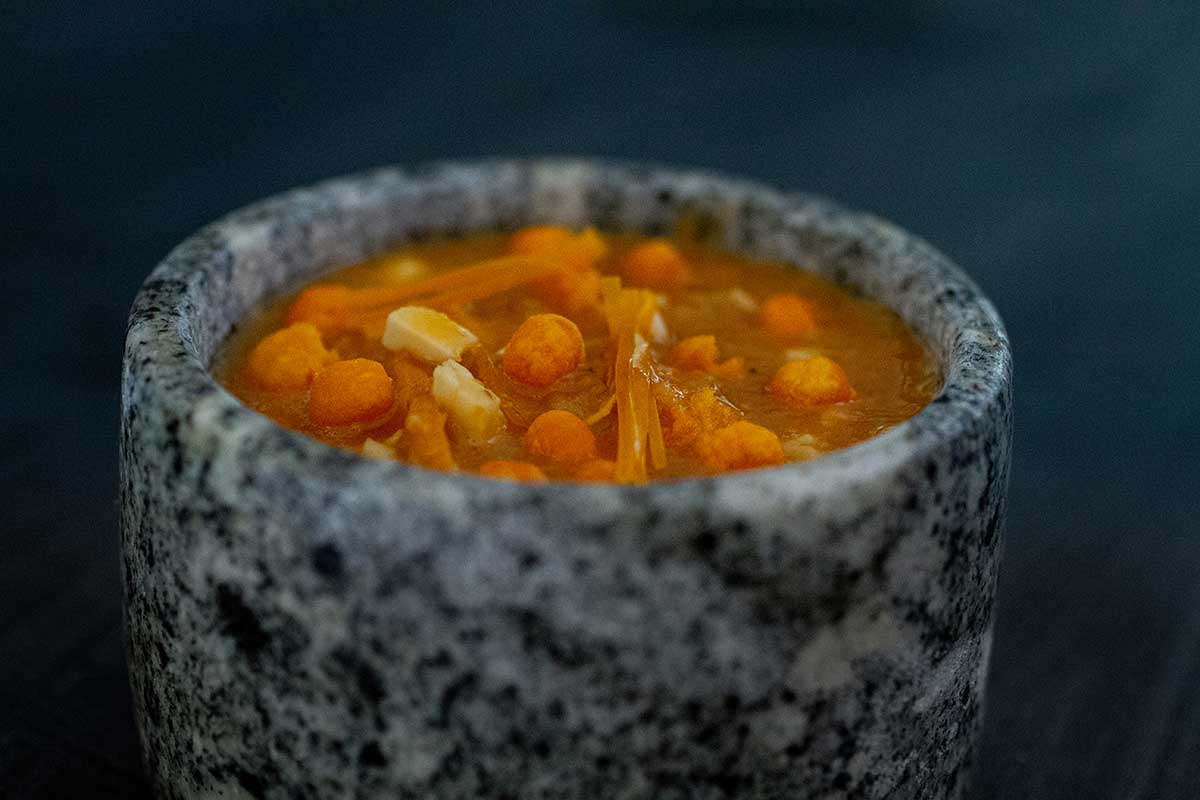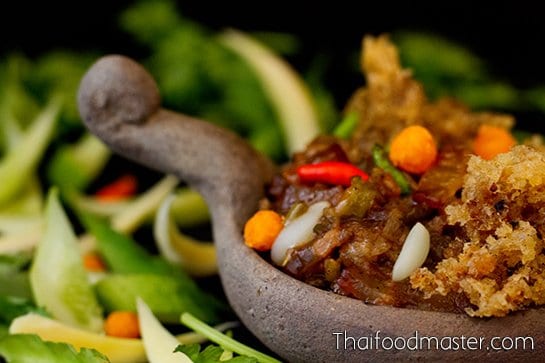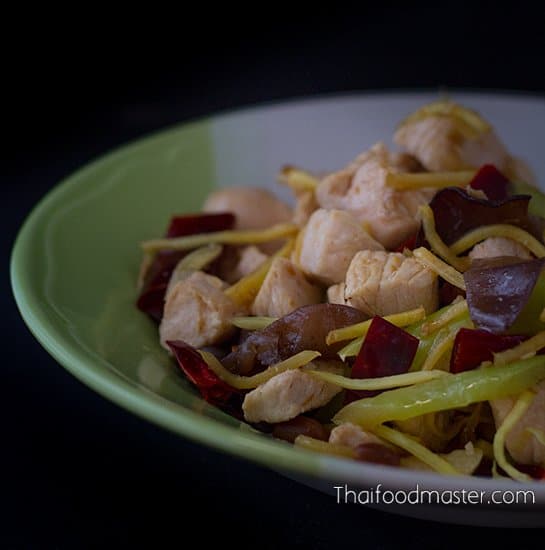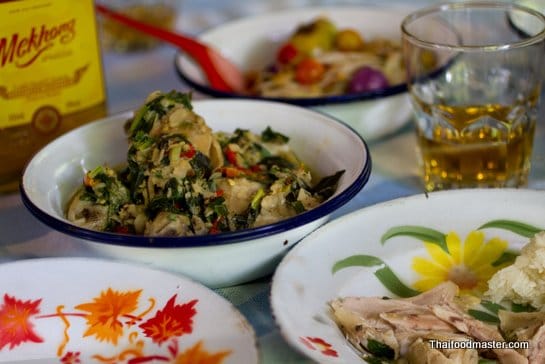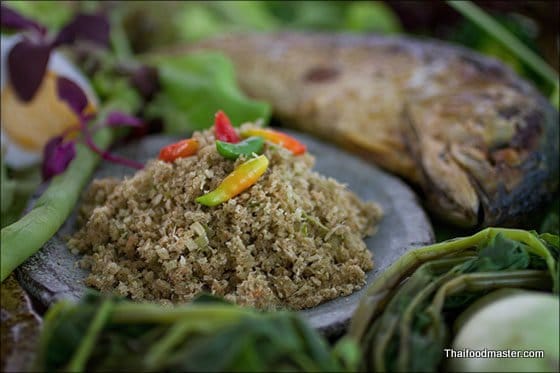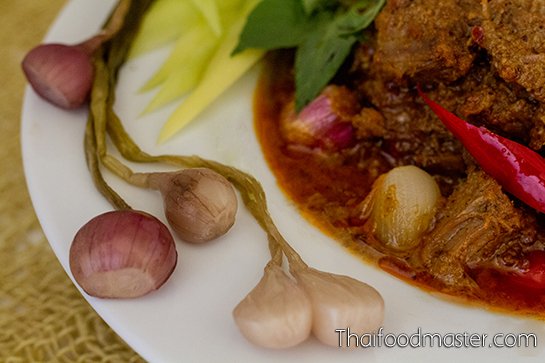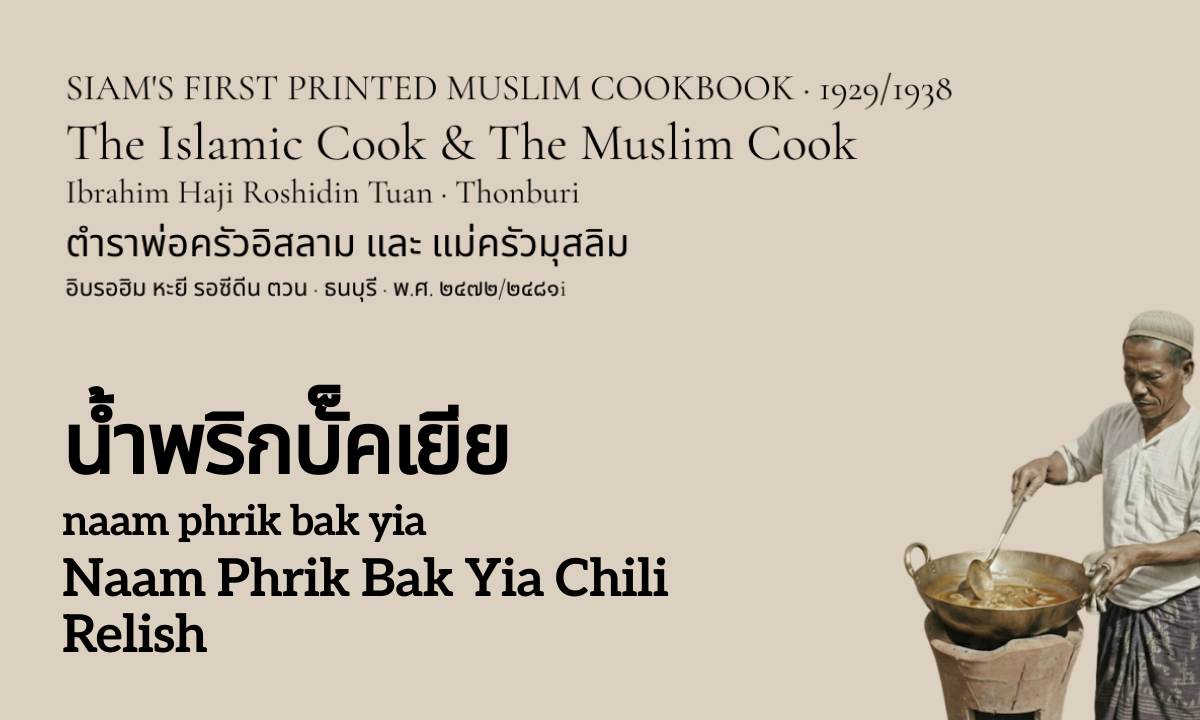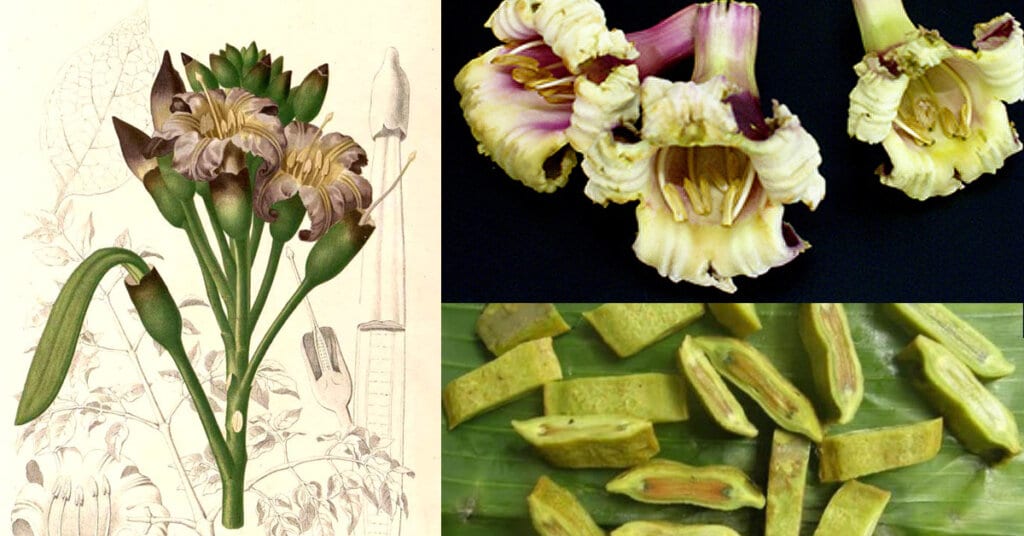
Local Names:
Loei and Issan: ลิ้นฟ้า (lin faa), Kanchanaburi: กาโด้โด้ง (gaa do:h do:hng), Mae Hong Son: ดุแก (doo gaae), ดอก๊ะ (daaw ga), ด๊อกก๊ะ (daawk ga), Narathiwat Province: เบโด (baeh do:h), Northern Provinces: มะลิ้นไม้ (ma lin mai), มะลิดไม้ (ma lit mai), ลิดไม้ (lit mai)
Oroxylum indicum is a species of flowering plant belonging to the monotypic genus Oroxylum and the family Bignoniaceae, and is commonly called Indian trumpet tree, oroxylum, Indian trumpet flower, broken bones, Indian caper, scythe tree or tree of Damocles. It can reach a height of 18 metres (59 ft). Various segments of the tree are used in traditional medicine, where it is known as Shyonaka or Sona Patha. [1]wikipedia
The large leaf stalks wither and fall off the tree and collect near the base of the trunk, appearing to look like a pile of broken limb bones. The pinnate leaves are approximately 1 metre (3.3 ft) in length and comparably wide, borne on petioles or stalks up to 2 metres (6.6 ft) in length, making this the largest of all dicot tree leaves, which are quadripinnate (leaflets display four orders of branching). [2]wikipedia
The tree is a night-bloomer and flowers are adapted to natural pollination by bats. They form enormous seed pods – the fruits – are up to 1.5 meters (4.9 ft) long that hang down from bare branches, resembling swords. The long fruits curve downward and resemble the wings of a large bird or dangling sickles or swords in the night, giving the name “tree of Damocles”. The seeds are round with papery wings. [3]wikipedia
Oroxylum indicum is native to the Indian subcontinent, the Himalayan foothills with a part extending to Bhutan and southern China, Indochina and the Malesia regions. In Vietnam, the tree is called núc nác (sometimes sò do), and specimens can be found in Cat Tien National Park. [4]wikipedia
It is visible in the forest biome of Manas National Park in Assam, India. It is found, raised and planted in large numbers in the forest areas of the Banswara district in the state of Rajasthan in India. It is reported in the list of rare, endangered and threatened plants of Kerala (South India). It is also found in Sri Lanka. [5]wikipedia
Various segments of O. indicum, including leaves, root bark, heartwood, and seeds, contain diverse phytochemicals, such as prunetin, sitosterol, oroxindin, oroxylin-A, biochanin-A, ellagic acid, tetuin, anthraquinone, and emodin. Several of the compounds are under preliminary research to identify their potential biological properties. [6]wikipedia
It is a plant with edible leaves, flower buds, pods and stems. The large young pods, known as Lin mai or Lin fa in Loei, are eaten especially in Thailand and Laos. They are first grilled over charcoal fire and then the inner tender seeds are usually scraped and eaten along with laap. Known as karongkandai among the Bodos of northeast India, its flowers and fruit are eaten as a bitter side dish with rice. It is often prepared with fermented or dried fish and believed by them to have medicinal uses. The pods also eaten by Chakma people in Chittagong hill tracts of Bangladesh and India. Its called “Hona Gulo” in Chakma language. [7]wikipedia
The plant is an important food item among the Karen people, who also appreciate it for its medicinal value. The flower buds are boiled and pickled. The young pods are cut open raw and the tender seeds inside, having the color and texture of lettuce leaves, are used in various local dishes. [8]wikipedia
In traditional medicines
Oroxylum indicum seeds are used in traditional Indian Ayurvedic and Chinese medicines. Root bark is one of the ingredients thought to be useful in compound formulations in Ayurveda and other folk remedies. [9]wikipedia
The information on this website has been compiled from reliable sources, such as reference works on medicinal plants. It is not a substitute for medical advice or treatment and Thaifoodmaster does not purport to provide any medical advice.
References
